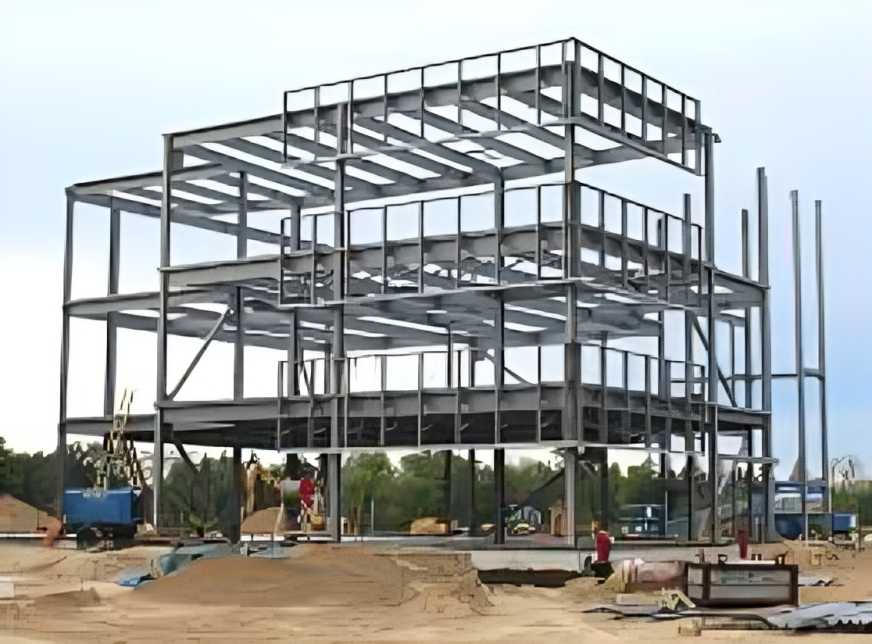Steel has long been a favorite material in construction, offering unique benefits that make buildings stronger, safer, and more efficient. One of the most popular modern methods is Steel Frame Construction, which has transformed the way architects and engineers design structures.
Faster Construction Time
Buildings made with steel frames are quicker to assemble compared to traditional materials like concrete or wood. Pre-fabricated steel components are manufactured off-site, which reduces on-site work and shortens the overall construction schedule. This speed not only saves time but can also lower labor costs, allowing projects to move from concept to completion smoothly.
Durability and Longevity
Structures built using steel are highly durable and can withstand harsh environmental conditions. Steel resists pests, mold, and rot, problems often associated with wood structures. Its strength makes it a reliable choice for buildings that need to last for decades without requiring extensive maintenance or repairs.
Design Flexibility
Architects love the versatility that steel provides. With Steel Frame Construction, it is possible to create wide-open spaces without needing numerous supporting walls. This allows for more creative layouts, taller buildings, and modern designs that are difficult to achieve with conventional materials. Steel frames can also be shaped into unique forms, giving architects freedom to innovate.
Sustainability Benefits
Steel is a recyclable material, which makes it an eco-friendly option for construction. Using steel reduces waste and encourages environmentally responsible building practices. Old steel components can be melted down and reused in new projects, contributing to a more sustainable approach in the architecture and construction industries.
Strength Against Natural Disasters
Buildings with steel frames tend to perform better during natural events like earthquakes or strong winds. The flexibility and strength of steel enable it to absorb and dissipate energy more efficiently than brittle materials, thereby reducing the risk of structural failure. This makes steel framing an ideal choice for regions prone to natural hazards.
Cost-Effectiveness Over Time
Although the initial investment in steel construction may be higher than some other methods, it proves to be cost-effective in the long run. Its durability, low maintenance requirements, and faster construction timelines contribute to lower overall expenses. Steel buildings also have a higher resale value due to their longevity and strength.
Conclusion
Choosing the right construction method can make a significant difference in the quality and lifespan of a building. Steel Frame Construction offers speed, strength, and flexibility, making it a reliable choice for both residential and commercial projects. For architects and builders looking for expert solutions and high-quality steel framing, The Steel Network provides exceptional services and support. Visit their website to learn more about their offerings.

